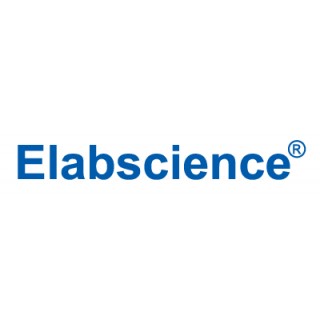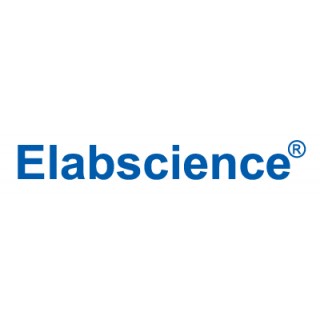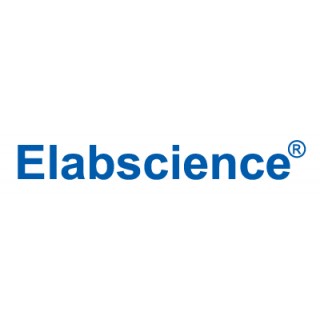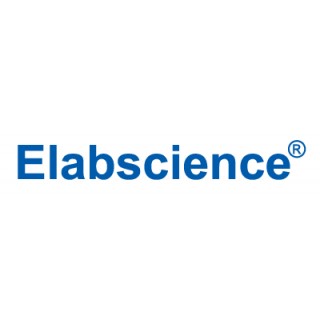β-Secretase 1 (BACE 1) Activity Fluorometric Assay Kit
Catalog No.
E-BC-F076-48T
β-Secretase 1 is an aspartic protease, the full name is β-site amyloid precursor protein cleavage enzyme 1(BACE 1). BACE 1 cleaves amyloid precursor protein (APP) to produce amyloid-β peptide (Aβ) of 40 or 42 amino acids. The deposition of Aβ in plaques and vessel walls in the brains of patients with Alzheimer's disease is widely believed to be the major contributor to the disease.
The detection principle of this kit is fluorescence resonance energy transfer (FRET) method. A fluorescence donor group and a quenching group are divided at both ends of the substrate. The fluorescence energy is transferred from the fluorescence donor to the quenching group, resulting in the attenuation of the fluorescence intensity of the fluorescence donor molecule itself. When the substrate is cleaved by BACE 1, the quenching group of the substrate and the fluorescent donor are separated and the fluorescent donor is no longer quenched, the fluorescence of the fluorescent donor can be detected, so that the enzymatic activity of BACE 1 can be calculated. The fluorescence produced by this kit had a maximum excitation wavelength of 325 nm and a maximum absorption wavelength of 393 nm.
Read moreShow less
E-BC-F076-48T
- Brand
- Elabscience
- Alternative
- ab282921
- Product Name
- Beta-Secretase (BACE1) Activity Assay Kit (Fluorometric)
- Abbreviation
- Beta-Secretase
β-Secretase 1 is an aspartic protease, the full name is β-site amyloid precursor protein cleavage enzyme 1(BACE 1). BACE 1 cleaves amyloid precursor protein (APP) to produce amyloid-β peptide (Aβ) of 40 or 42 amino acids. The deposition of Aβ in plaques and vessel walls in the brains of patients with Alzheimer's disease is widely believed to be the major contributor to the disease.
The detection principle of this kit is fluorescence resonance energy transfer (FRET) method. A fluorescence donor group and a quenching group are divided at both ends of the substrate. The fluorescence energy is transferred from the fluorescence donor to the quenching group, resulting in the attenuation of the fluorescence intensity of the fluorescence donor molecule itself. When the substrate is cleaved by BACE 1, the quenching group of the substrate and the fluorescent donor are separated and the fluorescent donor is no longer quenched, the fluorescence of the fluorescent donor can be detected, so that the enzymatic activity of BACE 1 can be calculated. The fluorescence produced by this kit had a maximum excitation wavelength of 325 nm and a maximum absorption wavelength of 393 nm.
Read moreShow less











